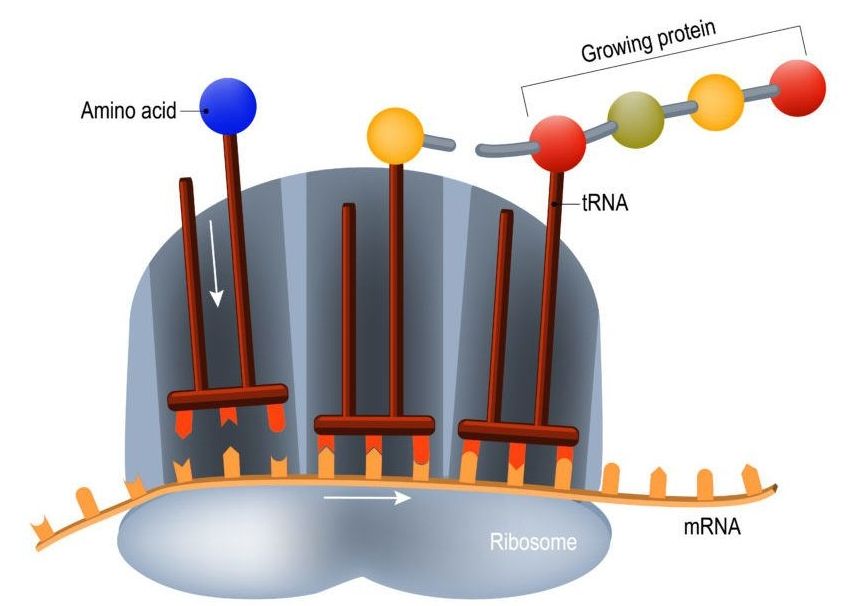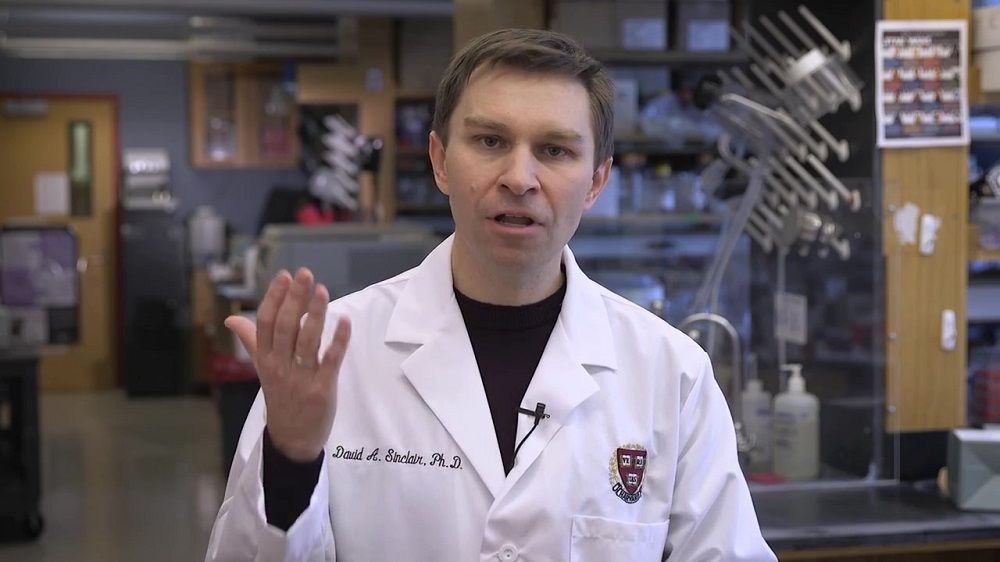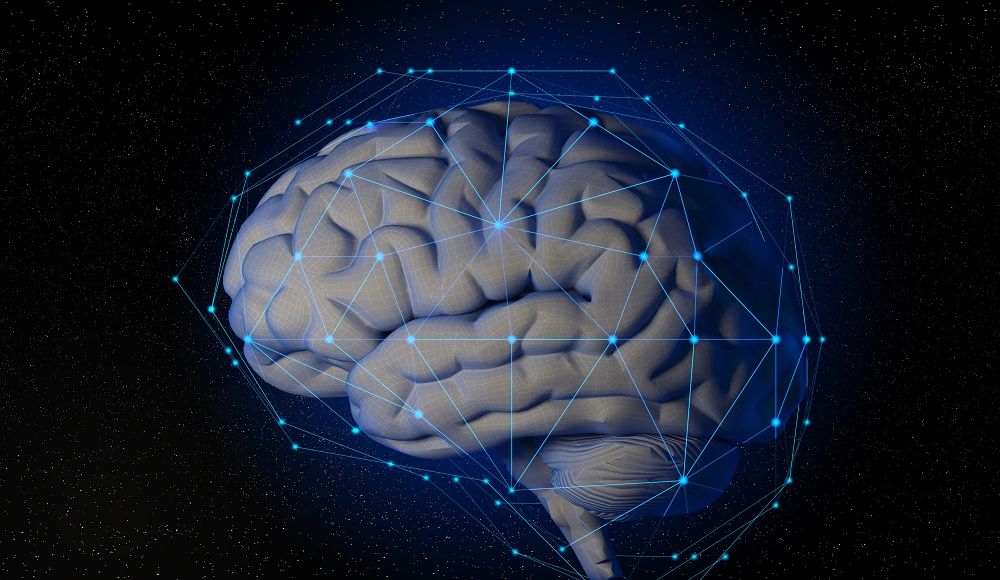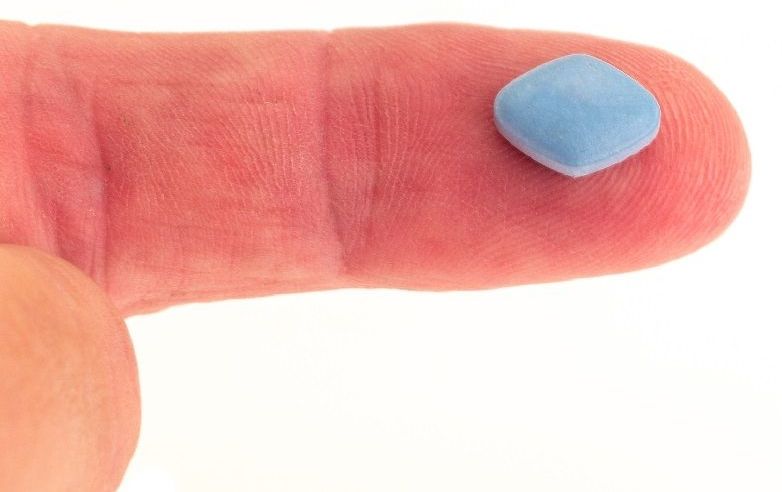Protein synthesis is a critical part of how our cells operate and keep us alive and when it goes wrong it drives the aging process. We take a look at how it works and what happens when things break down.
Suppose that your full-time job is to proofread machine-translated texts. The translation algorithm commits mistakes at a constant rate all day long; from this point of view, the quality of the translation stays the same. However, as a poor human proofreader, your ability to focus on this task will likely decline throughout the day; therefore, the number of missed errors, and therefore the number of translations that go out with mistakes, will likely go up with time, even though the machine doesn’t make any more errors at dusk than it did at dawn.
To an extent, this is pretty much what is going on with protein synthesis in your body.
Protein synthesis in a nutshell









